|
Now that harvest is complete, Fence Stile winemaker Shriti Plimpton oversees the fermentation process to transform grape juice into wine. Grapes from the vineyards, such as Cabernet Dore, have been picked, destemmed, and crushed. The methods to crush and press grapes for juice vary based on the volume of grapes, winemaker’s technique and intended goal for the wine. Cabernet Dore, a variety planted in 2016 at Fence Stile, is a white wine grape. Its parentage includes Cabernet Sauvignon, Sauvignon Blanc, Cabernet Franc, and Norton. Despite the abundance of red grape varieties in his lineage, Cabernet Dore mostly resembles Sauvignon Blanc grapes. Lucian Dressel, founder of Davis Viticultural Research in California, wrote in Midwest Wine Press: Cabernet Dore’s fruit, canes, leaves and growing habits (very upright) are virtually identical to Sauvignon Blanc. The wine itself is like a tamed down Sauvignon Blanc with all of the nice muscat -like characteristics but none in excess. Fortunately however, Cabernet Dore’ has also inherited the cold resistance and disease resistance of Norton. It grows on its own roots, so it is phylloxera resistant. The smaller yields of Cabernet Dore in 2019 and 2020 presented an opportunity for Shriti to experiment with the first two harvests of this grape at Fence Stile. The 2019 Cab Dore was harvested and crushed by hand. Typically, juice is separated from the skins, seeds and stems during the pressing stage. In this case, those solids from the must were combined with the juice during fermentation. This “orange wine” technique enabled the juice to have skin contact during fermentation. The result yielded a dry wine with an orange or peach hue instead of a straw gold or light gold color. Further, tannin was extracted by the juice from the skins, seeds and stem, adding a nutty, tannic component to the flavor profile. A small batch of six cases of 2019 Cabernet Dore wine (pictured above) were released in summer 2020 and quickly sold out. Juice and must from the 2020 Cabernet Dore harvest has undergone fermentation (pictured above) as another small-batch craft wine. Carbon dioxide bubbled as the wine released gas and the yeast fed on natural sugar in the juice. These photos show Shriti pulling a sample from the tank to evaluate the color, flavor and aroma. Unfiltered at this stage, the wine has a cloudy appearance with a prominent pear aroma and creamy mouthfeel. This vintage of Cabernet Dore will continue to age and develop in the tank until Shriti determines it is ready to filter and bottle for a 2021 release. More winemaker’s notes will be published once the wine reaches its final form.
1 Comment
|
Archives
September 2021
Categories |
HoursWinter Hours December - February
Saturday: 11 am - 5 pm Sunday: 11 am - 5 pm Regular Hours: March - November: Thursday 3 pm - 7 pm Friday 12 pm - 8 pm Saturday 11 am - 8 pm Sunday 11 am - 5 pm |
Telephone - 816-500-6465 |
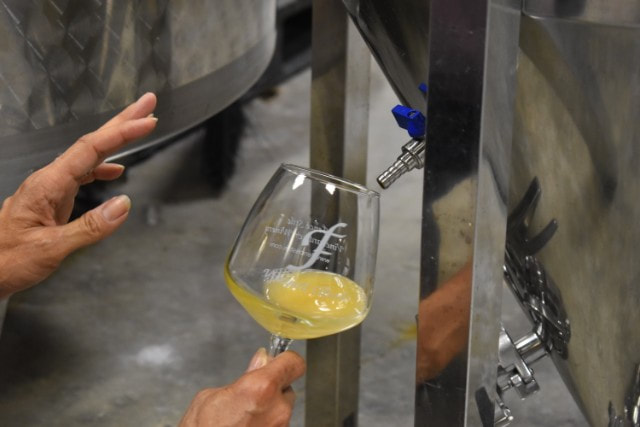
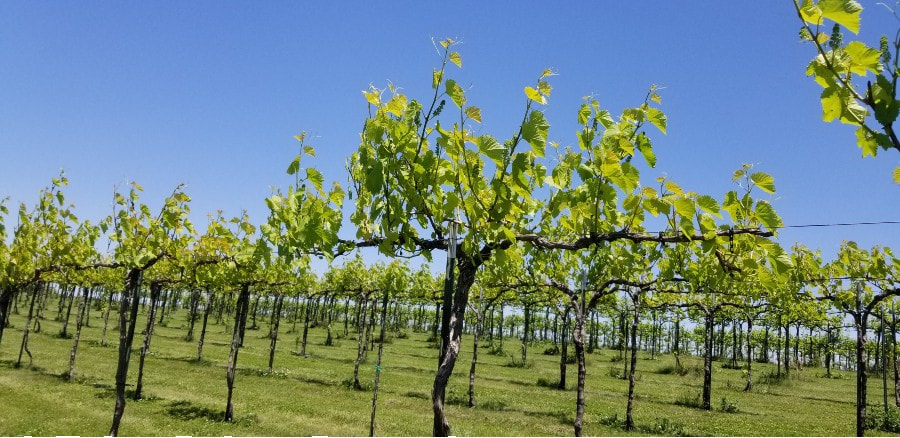
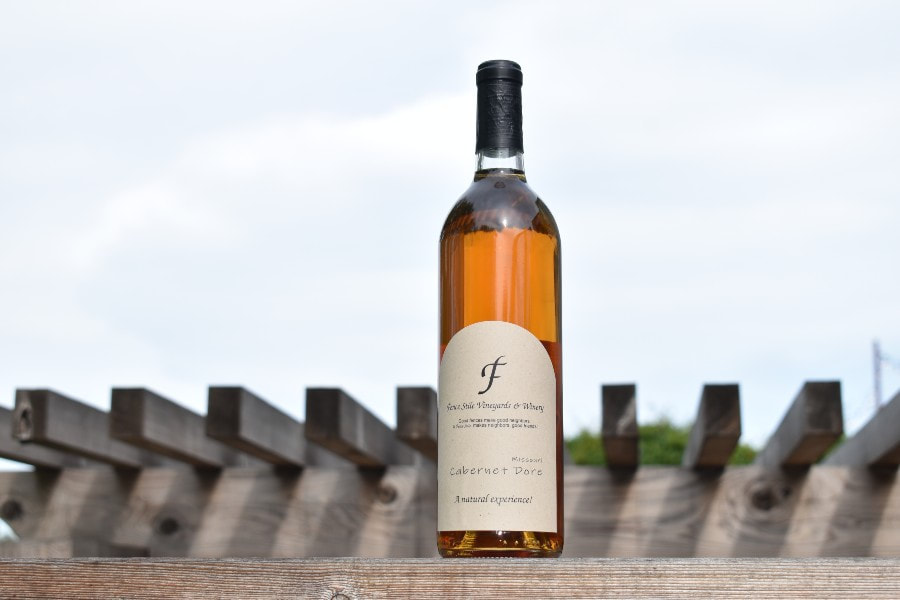
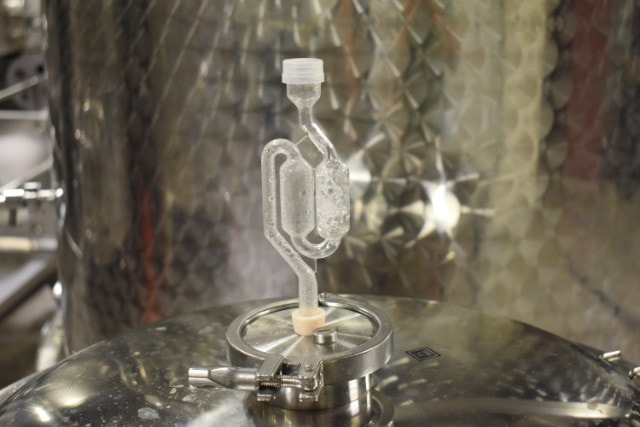
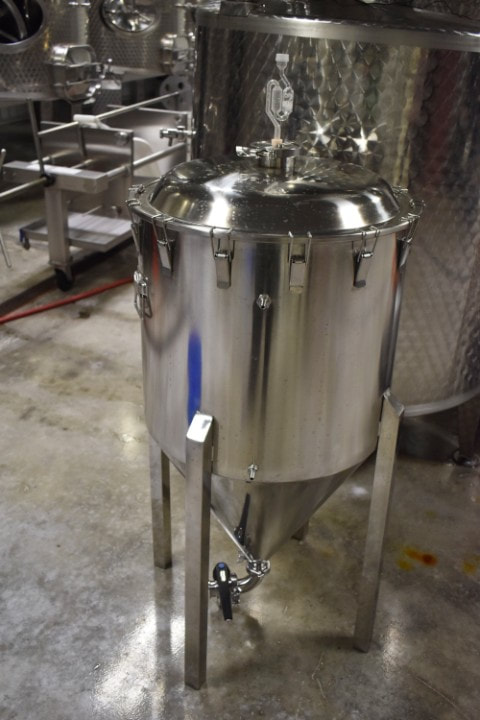
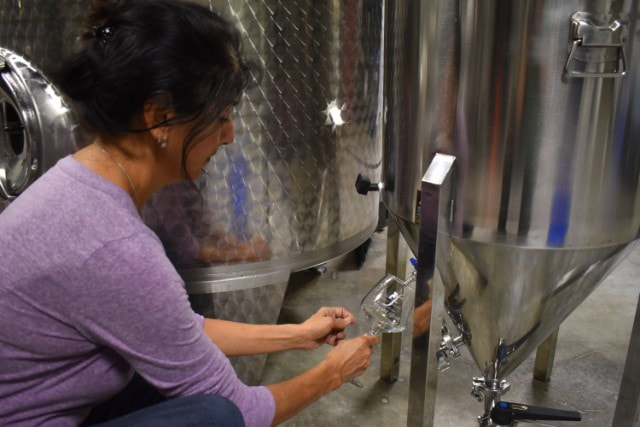
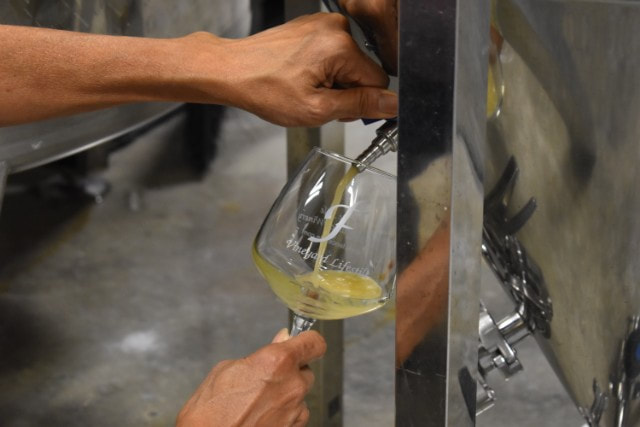
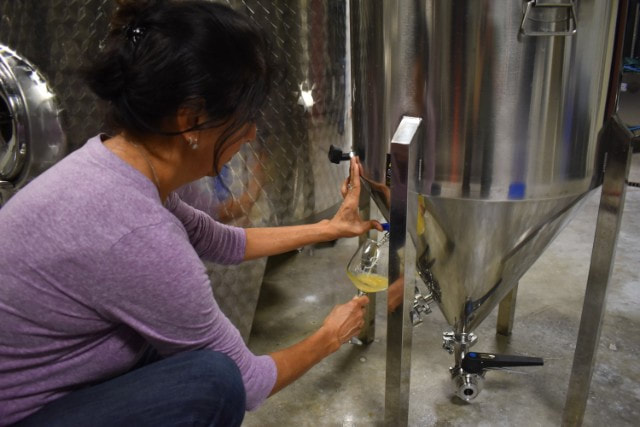
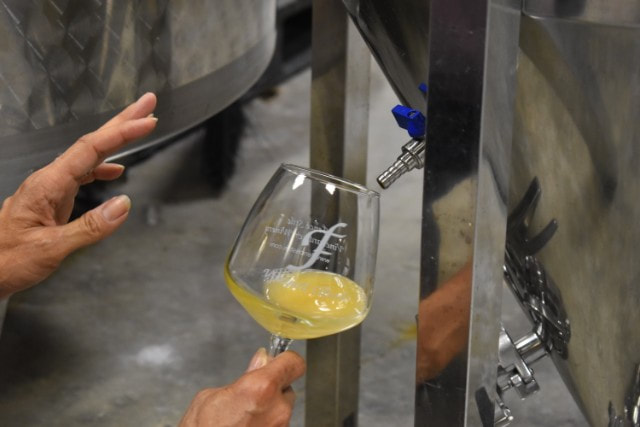
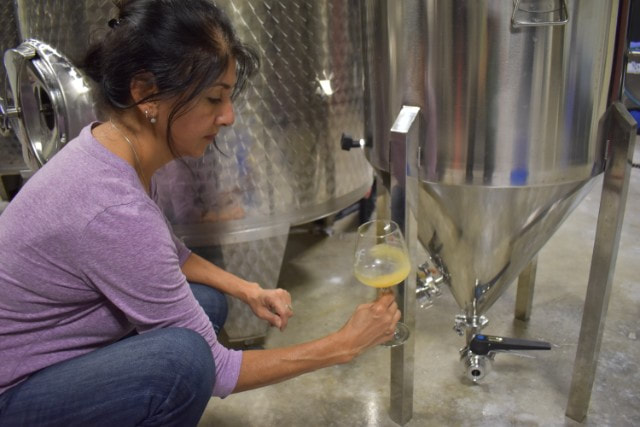
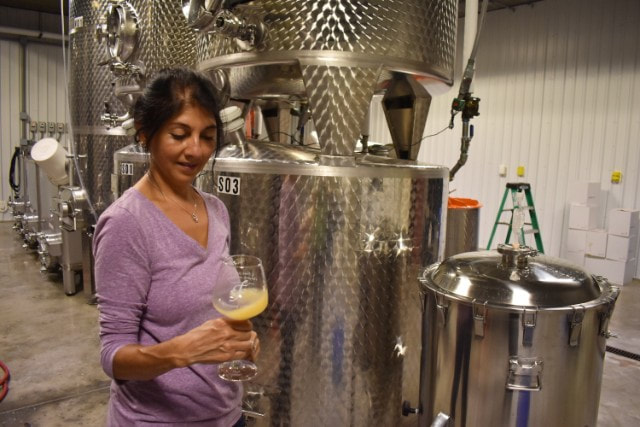
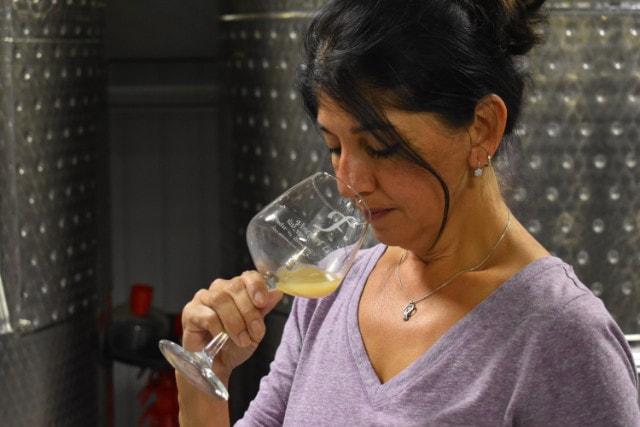
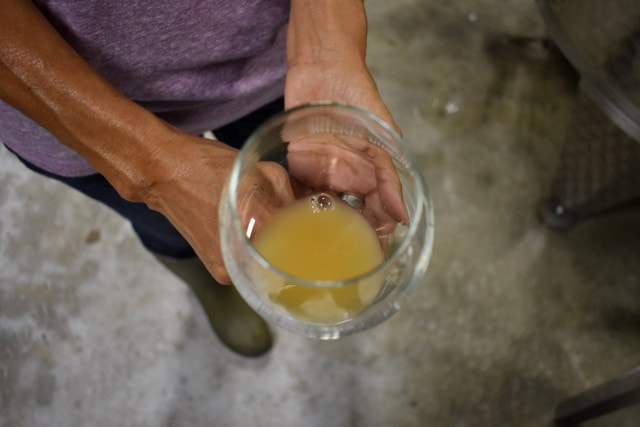
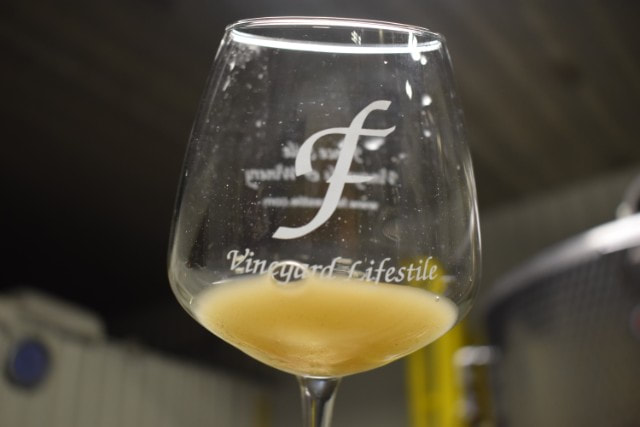
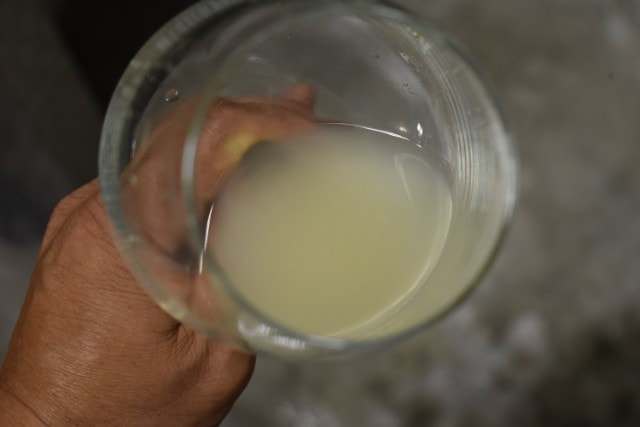
 RSS Feed
RSS Feed






